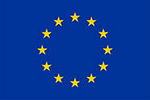Europe must take decisive steps to simplify and modernise its rail systems to strengthen competitiveness,...
System Pillar: TSI and Standards
A central task of the System Pillar is not only to define target system architectures and operational concepts, but also coordinate and deliver the means for implementation through inputs to Technical Specifications for Interoperability and harmonised standards.
In order to achieve this, the System Pillar will develop a strategic Standardisation and TSI Input Plan of the main changes to be introduced within TSIs (mainly CCS and OPE TSIs) and Commission standardisation request. This will include, inter alia, new functionalities and rules. This plan will also be made on the basis of migration considerations and alignment with Innovation Pillar flagship projects. This will enable:
- An agreed plan and timeline for the evolution of the CCS & TMS/CMS & DAC systems, consistent with the agreed operational concept and system architecture
- A clear picture of the role of the EU-RAIL in delivery, including the allocation of those elements that will be delivered by the Innovation Pillar, and the System Pillar.
Through the Standardisation and TSI Input Plan, the System Pillar will define a clear and agreed plan for the evolution of the CCS system, the TSI enhancements, and standards, which will support interoperability, modular interchange ability, system integration ability, robustness, harmonisation and implementation of the SERA, and the role of EU-RAIL (both System Pillar and Innovation Pillar) in delivery. Through the defined processes, the System Pillar will be the focus for coordination, specification and sector agreement of any enhancement change linked to CCS scope in TSIs and standards which will support interoperability, harmonisation and implementation of the Single European Rail Area. This makes the scope of the initiative relevant for EU members but also globally for non-EU members that can benefit from the deployment of a well-defined, regulated and standardised system This will ensure:
- consistency with the target operational concept, and system architecture
- coherence of approach
- decisions driven by business objectives
- clarity of planning
- quality of output
















